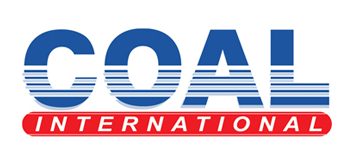Poseidon Nickel has enhanced copper-gold and lithium prospectivity at its Lake Johnston lithium-nickel project near Kalgoorlie in Western Australia.
During early September, Poseidon collected 135 soil samples to test extensions of the Billy Ray prospect, evaluate the gold potential at the Norfolk prospect and to define additional exploration targets across the Mantis tenement.
The soil samples were tested using the UltraFine+ technique, which provided a detailed suite of elemental data including gold, copper and lithium.
“Due to the historic nickel focus, large areas of the Lake Johnston greenstone belt that are prospective for gold, lithium and base metals have been under explored with no surface geochemistry coverage or assays for these targeted metals,” Poseidon chief executive officer Brendan Shalders said.
Poseidon is looking to change this.
Recent infill soil sampling results gathered from the Billy Ray prospect confirmed a 1.0km by 1.2km bullseye shaped copper-gold anomaly, with the highest soil copper-gold values – 71 parts per billion (ppb) of gold and 141ppm copper – being concentrated near the eastern margin of the prospect, an area untested by drilling.
“The western extent of the soil anomaly is supported by the previously reported mineralised Cu-Au (copper-gold) drill intersection, which supports the prospectivity for a larger Cu-Au system,” Shalders said.
“The company is currently working on getting all the permitting approvals to allow for priority drilling to test this promising target.”
Poseidon has also seen success at its Norfolk prospect, with maiden reconnaissance sampling results across the farm-in Mantis tenement extending the open-ended Norfolk gold anomaly.
The company plans to commence an infill soil sampling program to better define the extents and grade distribution at Norfolk.
“The Norfolk prospect presents a second emerging gold exploration target in the region based on a promising gold in soil anomaly that has been successfully extended onto the Mantis JV (joint venture) tenements,” Shalders said.
At the Mantis tenement, results from a soil sampling program have identified a large 2.3km by 3.4km lithium anomaly that remains open to the west and has a maximum soil sample value of 495 parts per million lithium oxide, extending south from lithium-bearing pegmatites that returned high grades from 2.80 per cent up to 3.85 per cent lithium oxide.
“Further to this, the anomalous values noted are commensurate to other anomalies previously reported by peer lithium explorers in the Lake Johnston region,” Shalders said.
“Further infill soil sampling within the Mantis tenements is scheduled to start shortly to progress copper, gold and lithium targets in parallel.”
The Lake Johnston results follow the company uncovering several gold anomalies at its Black Swan nickel project two weeks ago.
Results for infill soil sampling at Black Swan are expected to be received later this month. Once they’re received, Poseidon can organise a program of work to complete AC or RC drilling at the site.



